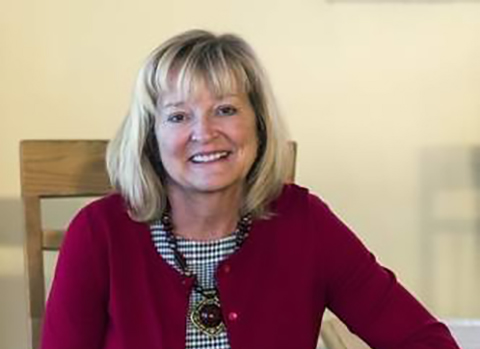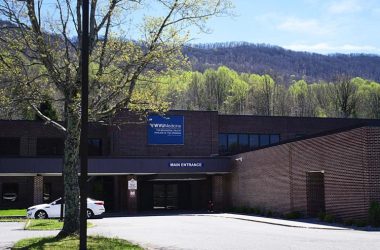By NATALIE SCHREYER
Charleston Gazette-Mail
On Dec. 29, 2014, Stephanie Vance arrived at Rea of Hope, a local home for women in recovery from addiction to drugs and alcohol. Two years later, she is clean and sober, and works full time as a house tech at the home. Rea of Hope, she said, “taught me how to live.”

(Photo by Sam Owens)
But Vance didn’t always have hope. As a teenager, she began using marijuana after her parents divorced. For her, that’s where it started. Vance later moved from marijuana and alcohol to drugs like Percocet, morphine and Lortab, all highly addictive painkillers.
“I would steal from any and everybody I had to, I would go to any length, whatever it took, to get my drug,” she said.
Vance wound up in drug court, where she took nearly three years to finish the one-year-minimum program. Before she reached her graduation day, she failed a drug test and ended up in jail. But, she said, the judge, the system and the people who worked there didn’t want to give up on her.
So Vance chose hope. And she’s not alone. Most of the staff members at Rea of Hope are recovering addicts.
Executive director Marie Beaver, also in recovery, said hiring program graduates gives current residents a role model who was in their shoes only six months or a year ago. Beaver, although she is more than 30 years sober, can also identify with them.
“They say, ‘How did you know?’ I said, ‘because I am you,’” Beaver said.
Beaver’s addiction began in the late 1970s. She started using cocaine, dropped out of college, and was in and out of four rehab facilities in four years, she said.
“I hated myself” Beaver said. “I couldn’t look myself in the mirror. I hated who I was. I hated what I’d done; hated what I did to the people that loved me. I embarrassed them, I lied, I cheated, I stole.”
She decided she would end her life. But then, something changed.
“I really didn’t want to die. I just didn’t want to live like I was living any longer,” Beaver said.
On Feb. 12, 1985, her mother dropped her off at her final treatment facility. By age 27, she said, she was clean. Today, she dedicates her life to helping other women in recovery.
Rea of Hope is not a medical or clinical treatment center. Its program teaches women how to live independently after coming out the other side.
Women residing in the main home must abide by certain rules. They have to work at least 30 hours a week, attend a minimum of five self-help meetings a week, stick to a curfew, do chores, and attend educational classes on subjects like parenting, credit counseling, job etiquette and nutrition.
Rea of Hope has a zero-tolerance policy for drugs and alcohol, and residents must leave the same day if they violate that rule.
The home on Lee Street, which has 10 beds, was a labor of love. Founding board member Denise Burgess called the refurbishment of the home “a great community effort.”
People came together, from men on work release from incarceration to students from Charleston Catholic High School.
Today, Rea of Hope comprises four properties, with two houses fully staffed 24 hours a day and two apartment buildings for women who already graduated from the home and their children.
Although each woman at Rea of Hope comes in with her own story, some common threads weave through them. Beaver said past traumas can contribute to addiction, although she added that’s not an excuse.
At least 70 percent of the women who come to Rea of Hope “have had some type of, in their lifetime, a sexual or criminal or violent trauma …Sexual abuse, physical abuse, whether it was childhood or adult. That’s a big thing. A lot of them have experienced traumas,” she said.
This theme is not unusual. A groundbreaking study conducted by Kaiser Permanente and the Centers for Disease Control and Prevention in the mid-1990s showed traumatic childhood experiences such as physical, sexual, or emotional abuse or neglect are “a significant risk factor for substance use disorders and can impact prevention efforts” according to the Substance Abuse and Mental Health Services Administration. Increasing deaths from addiction, largely driven by opioids, are gripping the United States, and West Virginia is at the epicenter of the crisis. According to the Centers for Disease Control and Prevention, in 2015 West Virginia had the highest rate of death from drug overdoses in the nation, which increased 16.9 percent from the previous year.
A place like Rea of Hope can save some women from that result. Outcomes among women followed by the organization after graduation show positive trends.
According to Rea of Hope’s 2015 annual report, since the home opened in April 2005, 74 percent of graduates are clean and sober and 82 percent are employed one year after graduating from the program at its primary home. Of those who chose to live in Rea of Hope’s apartments, 91 percent were clean and sober one year after graduation.
See more from the Charleston Gazette-Mail






